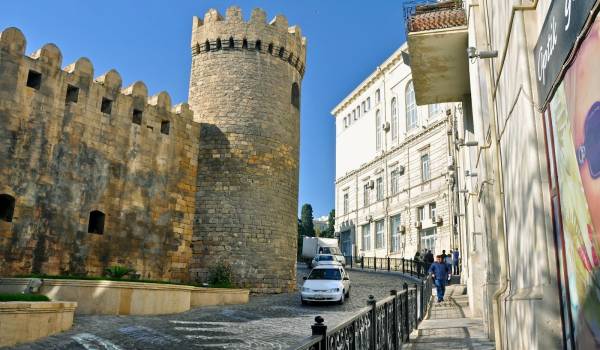
History of Baku
Evliya Chalabi, a 17th century Turkish traveler, in his travelogue gives information about the Mingachevir settlement on the right bank of the Kura River, near Bozdag.
The traveler notes in his work that there are several mosques, handicraft and weaving quarries, and silk workshops in this area. According to Evliya Chalabi, the bridge connects the narrowest and most flood-safe parts of the Kura coast, and the convenient road through it is called the "Ambassadors' Way". The name of the bridge stemmed from the importance of the road, as it connected both the eastern and western parts of Azerbaijan and provided opportunities for trade with neighboring countries. The population was relocated to the right bank of the Kura River in the 14th and 17th centuries after the Mongol invasion.
The city of Mingachevir, located on a major trade route and crossing the Kura River, was repeatedly destroyed and rebuilt in the 18th and 19th centuries. When the Mingachevir hydroelectric power station was built, the ancient settlement of Mingachevir still existed on the banks of the Kura. Hydroelectric power plant laid the foundation of the modern city, which restored the glory it deserves.
The Kura River divides Mingachevir into two parts: a hydroelectric power station (HPP) and a power plant settlement on the right bank, and most of the city's infrastructure is concentrated on the left bank. There are many tourist facilities on both banks of the river. This is not surprising, because city life is concentrated on the banks of this magnificent river. Mingachevir HPP, the construction of which was decided in July 1945, was built for 9 years and put into operation in 1954.
Mingachevir Archaeological Complex
A large part of the Mingachevir archeological complex is located on the left bank of the Kura River. Remains of two-storey urban settlements, pottery kilns (I-VIII centuries), houses made of raw bricks, metal, stone, and bone products, household items, pottery, Sassanids, and early medieval Arabic coins were found here.
Architectural remains of the place of worship of a group were also found here. Remains of an ancient religious building were also found in the center of the excavations.